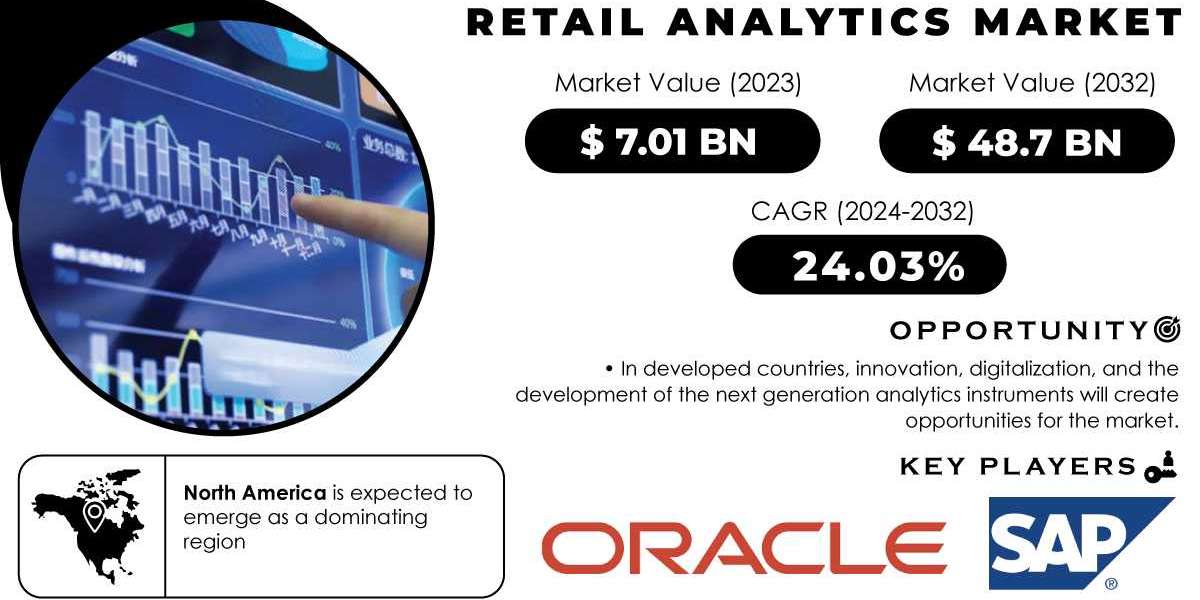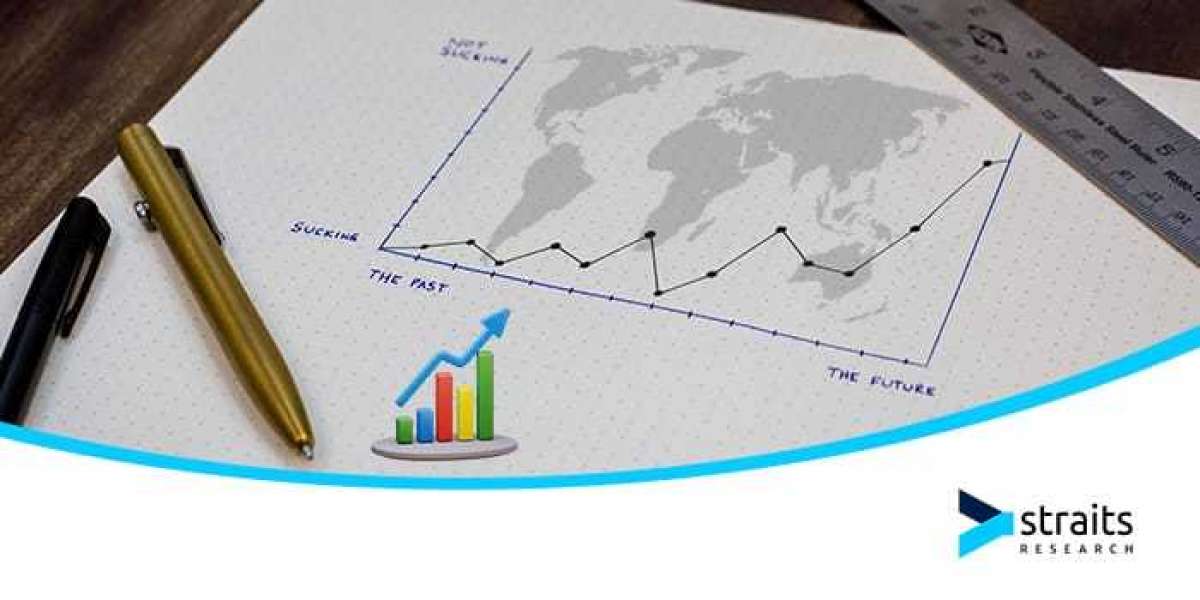Retail Analytics 2024
Retail analytics is at the forefront of the digital transformation in the retail industry, offering valuable insights into consumer behavior, sales trends, inventory management, and operational efficiencies. By utilizing advanced data analysis tools and technologies, retailers are empowered to make data-driven decisions that optimize customer experiences, boost sales, and increase overall profitability. This data-centric approach, commonly referred to as the Retail Analytics Market Growth, has become a vital strategy for businesses looking to stay competitive in an ever-evolving marketplace.
Retail analytics tools allow for comprehensive tracking and assessment of customer interactions across multiple channels, such as online platforms, mobile applications, and physical stores. As a result, retailers can better understand how customers engage with their brand, what products they prefer, and how they respond to various marketing efforts. Retail Analytics Market was valued at USD 7.01 Billion in 2023 and is expected to grow to USD 48.7 Billion by 2031 and grow at a CAGR of 24.03 % over the forecast period of 2024-2032.
Key Applications of Retail Analytics
In the modern retail landscape, analytics tools are applied across several core areas. One of the most prominent applications is demand forecasting, where historical data and real-time information are analyzed to predict customer demand. This allows retailers to maintain optimal inventory levels, reducing overstock and stockouts. Another critical application is customer segmentation, where retailers use analytics to categorize customers based on purchasing behavior, preferences, and demographic information, enabling personalized marketing strategies.
Pricing optimization is another area where retail analytics has a transformative effect. By analyzing market trends, competitor pricing, and customer willingness to pay, retailers can develop dynamic pricing models that maximize profit while remaining attractive to consumers. Moreover, retail analytics is instrumental in optimizing in-store layouts and online shopping experiences, with insights guiding product placement, store design, and e-commerce interfaces to enhance the shopping journey.
Emerging Technologies in Retail Analytics
Several emerging technologies are driving innovation within retail analytics. Artificial intelligence (AI) and machine learning (ML) are being used to create predictive models that help anticipate customer needs and preferences. These technologies enable retailers to go beyond basic data analysis, using complex algorithms to detect patterns and trends that might not be evident through traditional analysis methods. AI-powered chatbots and recommendation engines are also revolutionizing customer service and personalization, helping retailers build strong, loyal customer bases.
Additionally, the integration of the Internet of Things (IoT) is enhancing data collection capabilities within retail analytics. IoT-enabled devices such as sensors, smart shelves, and beacons provide real-time information on customer movements and product interactions within stores. This data allows retailers to optimize store layouts, reduce waiting times, and improve inventory management, making the in-store experience smoother and more enjoyable.
Benefits and Challenges of Retail Analytics
Retail analytics offers numerous benefits, including increased profitability, better customer engagement, and streamlined operations. By harnessing the power of data, retailers can make informed decisions that reduce waste, enhance customer satisfaction, and improve supply chain efficiency. Analytics also helps retailers understand seasonal demand patterns, ensuring they can plan effectively for peak periods and minimize the risk of stock shortages or surpluses.
However, the adoption of retail analytics is not without challenges. Data privacy and security are significant concerns, as retailers collect vast amounts of customer data, which must be protected to maintain consumer trust. Additionally, integrating data from various sources, including online and offline channels, can be complex and costly. Many retailers also face the challenge of a skills gap, as advanced analytics requires specialized knowledge in data science and technology.
Future Outlook of the Retail Analytics Market
The retail analytics market is poised for substantial growth in the coming years, driven by advancements in technology and an increasing focus on enhancing customer experience. As more retailers adopt cloud-based analytics solutions, the accessibility and scalability of retail analytics will continue to improve, allowing even small and medium-sized retailers to benefit from data-driven decision-making. Furthermore, as AI and ML become more sophisticated, retailers will be able to anticipate trends with greater accuracy, offering a more personalized and engaging shopping experience.
In conclusion, retail analytics is reshaping the way retailers operate, equipping them with powerful insights that drive efficiency and customer satisfaction. With the rapid pace of technological development, the retail analytics market promises to be a dynamic and essential tool for retailers aiming to thrive in a competitive industry. By addressing current challenges and embracing emerging technologies, the future of retail analytics holds exciting possibilities for transforming the retail landscape.
Contact Us:
Akash Anand – Head of Business Development Strategy
info@snsinsider.com
Phone: +1-415-230-0044 (US) | +91-7798602273 (IND)
About Us
SS Insider is one of the leading market research and consulting agencies that dominates the market research industry globally. Our company's aim is to give clients the knowledge they require in order to function in changing circumstances. In order to give you current, accurate market data, consumer insights, and opinions so that you can make decisions with confidence, we employ a variety of techniques, including surveys, video talks, and focus groups around the world.
Read Our Other Reports:













